Irish Cardiac Society 72nd Annual Scientific Meeting and AGM, virtual, 7-9 October 2021
The Irish Cardiac Society (ICS) 72nd Annual Scientific Meeting and AGM was held recently and saw a range of distinguished national and international experts in their fields deliver a number of presentations relevant to the specialty, which ranged from devices, to disease prevention, to heart failure. The meeting, which was held on a virtual platform, also featured the prestigious Brian Maurer Young Investigator Award. The meeting also incorporated the Meeting of the Irish Nurses Cardiovascular Association and Meeting of Irish Cardiac Physiologists.
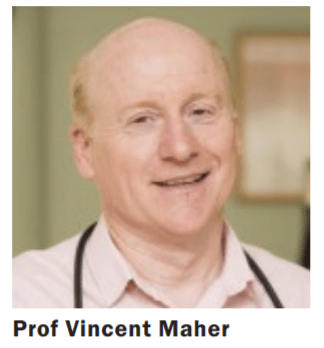
The event was introduced by ICS President Prof Vincent Maher, who was joined by co-Chairs Dr Deirdre Ward and Dr Patricia Campbell, who welcomed the first speaker, Prof Perry Elliot. Among a number of prestigious positions he holds, Prof Elliot is Professor of Cardiovascular Medicine at University College London and he spoke on the topic, ‘Genetics of Dilated Cardiomyopathy in 2021’. In his opening address, Prof Maher acknowledged the importance of partnership with the pharmaceutical industry in enabling the ICS to host such a valuable and educational scientific meeting. Prof Elliot emphasised that he wanted his presentation to be directly relevant to clinical practice, and said he has “never experienced such an exciting time in [treating] cardiomyopathy, particularly in relation to therapeutic innovation”. He focused on dilated cardiomyopathy and said: “It’s certainly the case that some viral infections can initiate an exaggerated immune response, which can result in acute damage to the heart, and sometimes chronic damage.
Less well-appreciated, but seen in everyday practice, is the association between dilated cardiomyopathy and autoimmune disorders,” he said. “We often see it clustering in families who have thyroid disease, diabetes, rheumatoid arthritis, and so on.” Prof Elliot presented case studies involving both young and old patients and provided an overview of medication options in dilated cardiomyopathy. He told the attendees: “It’s not just about the ejection fraction.
Even in the broader phenotype of heart failure, such as preserved ejection fraction, mid-range ejection fraction and reduced ejection fraction, research has shown that there are genetic ‘hits’. If your primary diagnosis is cardiomyopathy, there is a 15-fold chance that you will find a pathogenic mutation. We are starting to see some convergence in the way we assess patients clinically between the genetic paradigm and the heart failure with reduced ejection fraction paradigm.”
Prof Elliot concluded: “What we in the cardiomyopathy space can learn from heart failure is that we haveto prove two very important hypotheses – the first is that it’s out there. If you go to any heart failure clinic in any town or city, you will find this stuff, but we have to prove that. The second thing we have to prove is that by making one of these diagnoses, there is some actionable implication. If you go to a heart failure clinic and look for genetic disease, infiltration or inflammation, you will find it, but there must be a cost-effective way of doing it,” he said.
“My proposal would be that MRI becomes more important,” he continued. “I know there are accessibility issues with MRI, but with short sequences and GAD imaging, that actually triages a lot of patients. I think genotyping may also have to become part of the screening protocol.” If a familial aspect is identified, it is possible to spot pre-symptomatic individuals, he added.
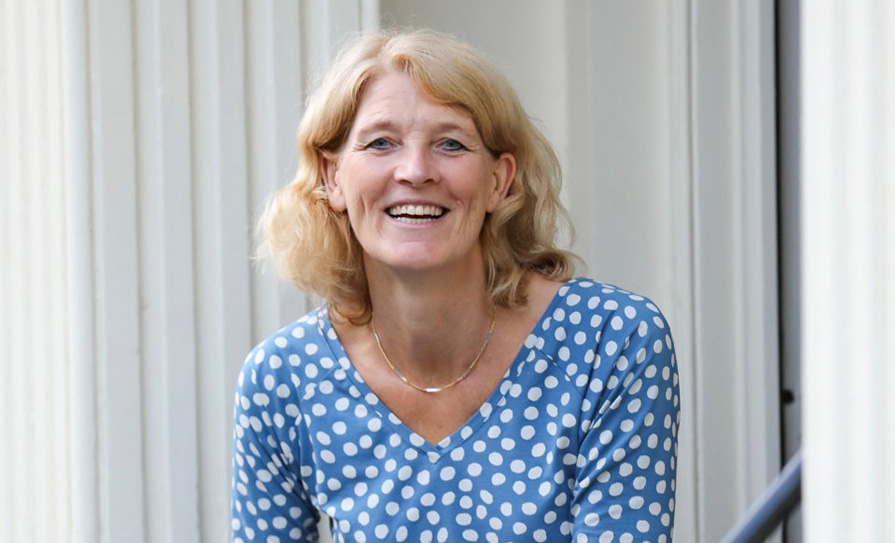

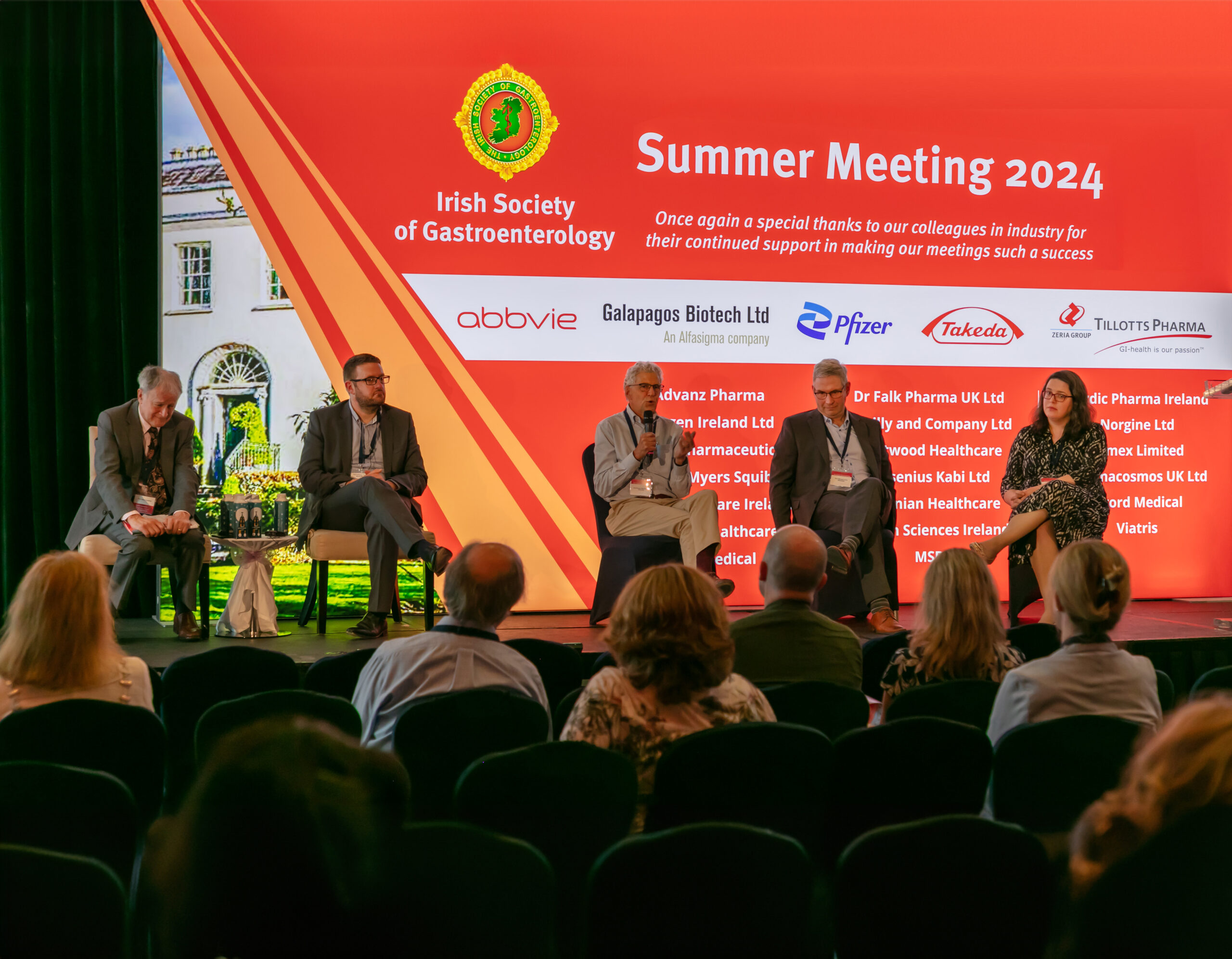
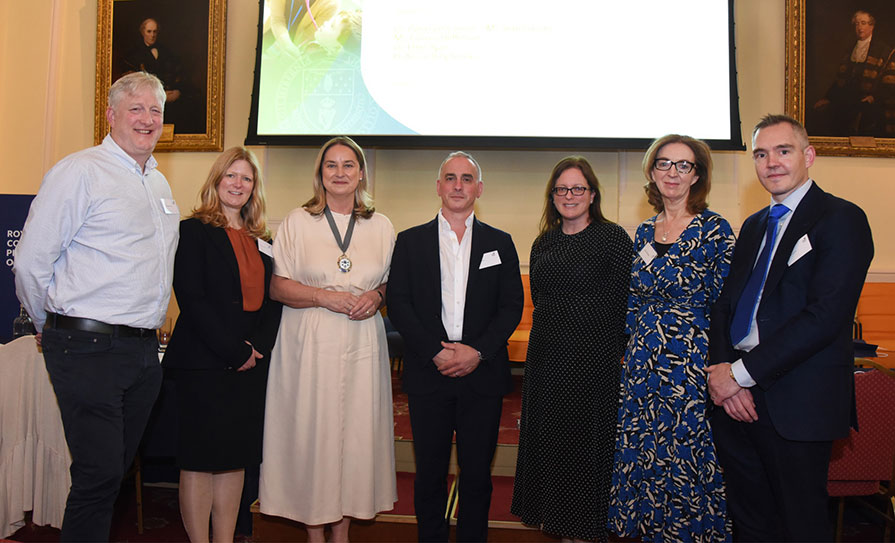


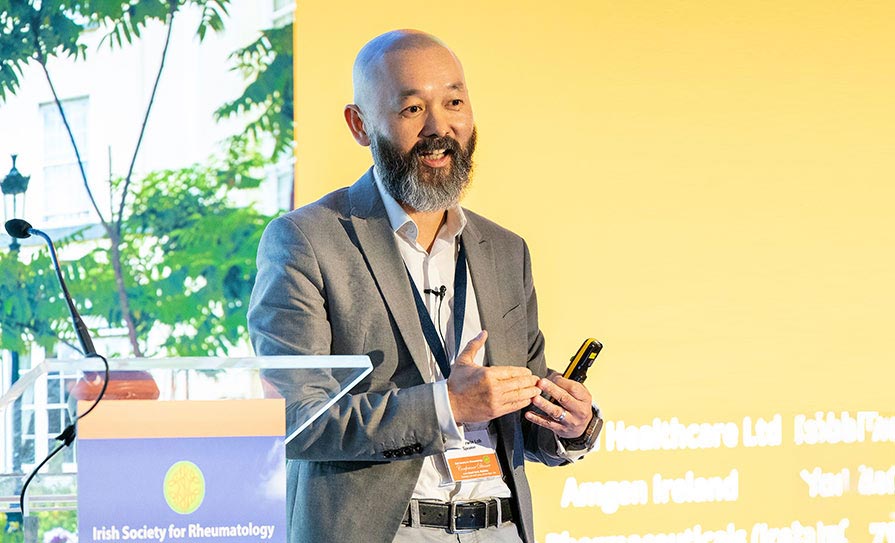





Leave a Reply
You must be logged in to post a comment.